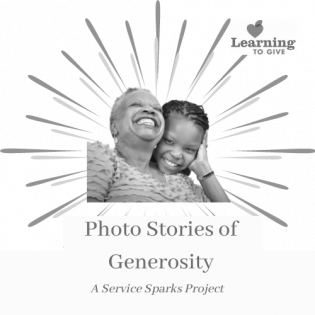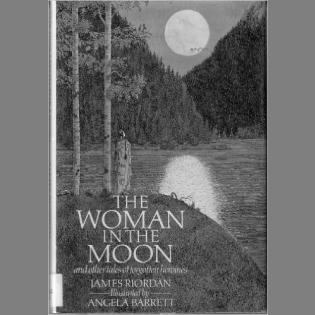In this lesson, learners describe what a group looks like that has a high level of trust with each other.
Filter by subjects:
Filter by grades:
Filter by audience:
Filter by issue area:
Filter by content type:
Filter by resource type:
resource search
Learners compare two communities to which they belong using a Venn diagram and descriptive words related to trustworthiness.
Learners practice trust leans to identify qualities in others that make them trustworthy. Theyts learn about public trust and identify characteristics of public figures that merit trust.
A cooperative game demonstrates that we are all connected and that others are affected by things that we may believe only affect us. They read about and discuss gender inequality in global schools and explore what policies and measures are in place for achieving universal primary education for...
Ignite meaningful action that lights up the world through "Service Sparks" youth projects! Philanthropy is often equated with giving money, but every culture has its own rich tradition of giving, which may look like sacrificial generosity, community support, networking, or speaking up for necessary changes. What generosity do you see in your own family and neighborhood? In this activity, youth look for and capture the stories of philanthropy that express loving and powerful cultural practices.
Central Asian Tale: A poor woodcutter is swindled by a wealthy man, but his daughter outwits the man by telling a greater lie. Wit and intelligence are more useful than wealth.
The purpose of this lesson is to have students identify the shared gifts in the folktale, "The Drum" and make drums using different recyclable containers and colorful craft supplies.
Sometimes it is wise to follow the advice of others and at other times it will only bring disaster. This lesson examines stories from South Africa, Morocco, and Nigeria and character traits valued in those cultures.
Learners listen to different statements of "the right thing to do" and determine the source of the value or judgment.
Learners look at different scenarios and explore the pros and cons of acting with integrity when no one is watching.

